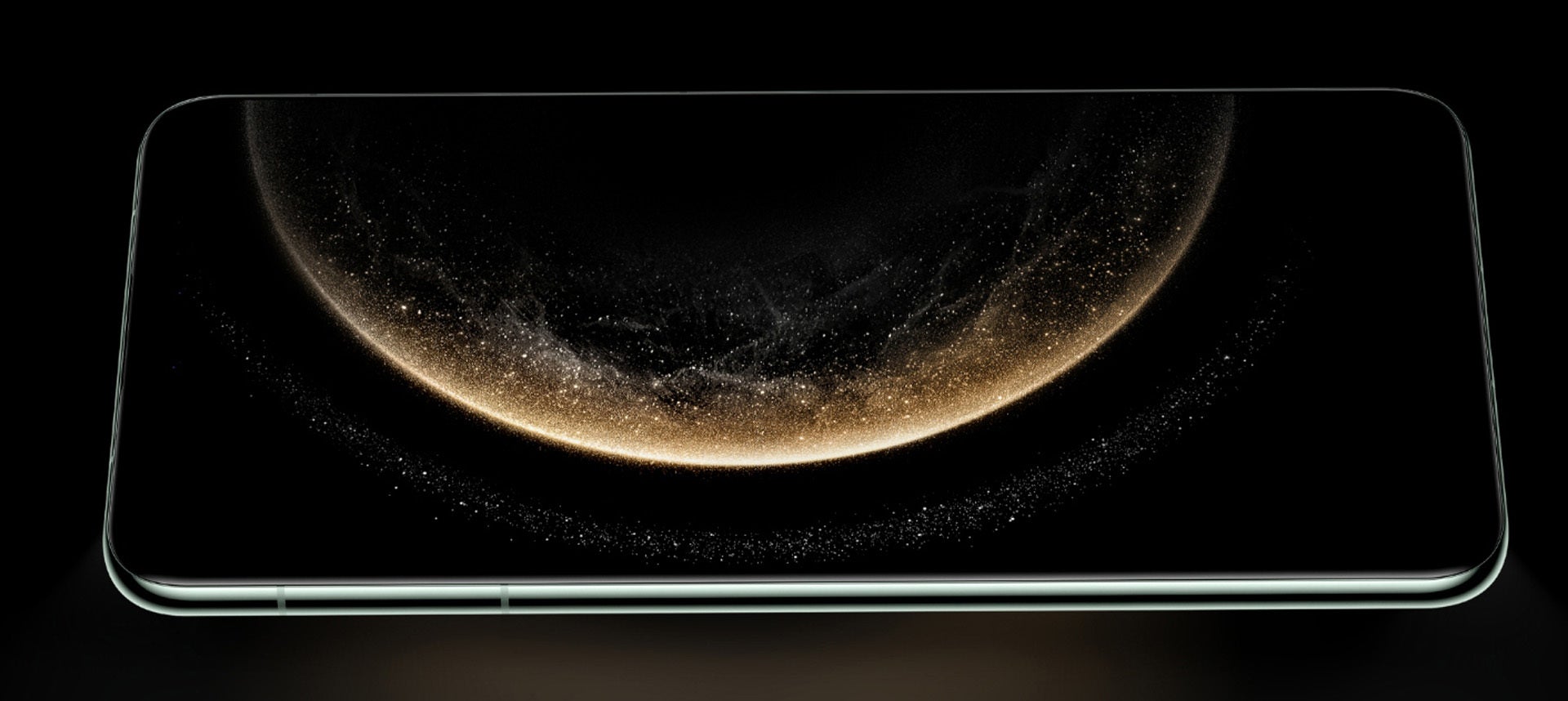Huawei Mate 70 series announced: A clean-cut divorce from Android and the USA

China-based Huawei has just announced the Huawei Mate 70 series in a move that decidedly indicates Huawei's total break-up with US technology, both on the hardware and software fronts.
That's right, the new Mate 70, Mate 70 Pro, Mate 70 Pro+, and Mate 70 RS not only don't feature any hardware supplied from a US company––the new phones won't run regular Android apps either.
One shouldn't expect to see Huawei's latest phones announced in the US: it goes without saying that you'll have to go through a ton of hurdles to get one of these in the US.
Despite half a decade of US-imposed sanctions, Huawei has managed to achieve impressive double-digit sales growth in China, where it traditionally holds a strong market position
Design
All four Mate 70 devices feature a similar and rather standard design language. The regular Mate 70 employs a cookie-cutter design with a flat frame and flat screen, as is the trend these days, but the Mate 70 Pro and Pro+ models boast quad-curved displays. Such a design choice is definitely an outlier in late 2024.
There's a large protruding camera island on all four models with a large ring surrounding it. This assembly houses all cameras and sensors at the rear.
Interestingly, the Mate 70 Pro and Mate 70 Pro+ boast triple punch holes at the front. One is for the selfie camera, but the other two are for the Face ID-like biometric unlocking and gesture-based navigation that Huawei's new phones feature.
Endurance is a key point on all: the Mate 70 series features IP69 water and dust resistance, which brings protection against strong water jets.
Colors-wise, the Mate 70 and Mate 70 Pro will be available in Spruce Green, Hyacinth Purple, Snow White, and Obsidian Black.

Huawei Mate 70 Pro in Spruce Green (Image Credit-Vmall)
Hardware and specs
Display-wise, the regular Mate 70 features a 6.7-inch OLED screen, while the Mate 70 Pro and Mate 70 Pro+ feature 6.9-inch OLED displays with 1-120Hz adaptive refresh rate. The Pros can achieve around 2,500 nits of brightness, Huawei says.
After the US-imposed ban, Huawei has usually been a bit mum on the main hardware specs, at least officially. The same goes for the Mate 70 series: what's ticking inside hasn't been disclosed, we highly suppose that all or at least a few of the Mate 70 models could be powered by a version of the Kirin 9100 chip. That one is manufactured by China-based SMIC (Semiconductor Manufacturing International Corp), and is most certainly built on a 6nm manufacturing process.

Huawei Mate 70 Pro screen (Image Credit-Vmall)
Although most other mobile chips have transitioned to a significantly more efficient 3nm process, the 6nm Kirin 9100 is still an improvement over the 7nm one that powered the Mate 60 series. The Kirin 9100 chip is said to be an all-ARM designed one, with a prime Cortex-X1 core, triple mid-range Cortex-A78 ones, and quad Cortex-A55 efficiency ones.
The Huawei Mate 70 boasts a 5,300mAh battery, with 66W wired/50W wireless charging, while the Mate 70 Pro/Pro+ have a 5,500mAh battery inside with notably faster 100W wired/80W wireless charging.
Memory-wise, the Mate 70 and Mate 70 Pro will be available with 12GB of RAM, as well as either 256GB, 512GB, or 1TB of storage. The Mate 70 Pro+ and Mate 70 RS come with 16GB of RAM and either 512GB or 1TB of on-board storage.
Memory-wise, the Mate 70 and Mate 70 Pro will be available with 12GB of RAM, as well as either 256GB, 512GB, or 1TB of storage. The Mate 70 Pro+ and Mate 70 RS come with 16GB of RAM and either 512GB or 1TB of on-board storage.
Camera
The Mate 70 Pro and Mate 70 Pro+ come with three cameras and an extra sensor. The main camera on both is a 50MP one with variable aperture that switches between F1.4 and F4.0. Interestingly, the Mate 70 Pro uses a more standard RGGB sensor, while the Pro+ has a RYYB sensor (similar to the one on the Huawei P30).
The latter substitutes the regular green pixels for yellow ones, which allow both red and green light to come through and could potentially improve the low-light capabilities of the sensor as well as color fidelity and deliver more natural skin tones.
Regarding color accuracy, the back of the phone has a new XMage spectral imaging sensor, which is responsible for collecting accurate color data from 1.5 million spectral channels.
The telephoto camera is a 48MP F2.1 one and boasts 4X optical zoom. Just like the main camera, the sensors boast different patterns on the different phones (RGGB for the Pro, RYYB for the Pro+). Finally, the ultrawide is a 40MP ultrawide one with an RGB sensor for the Mate 70 Pro and a RYYB sensor for the Mate 70 Pro+.

Huawei Mate 70 Pro camera samples (Image Credit-Vmall)
Software
The Mate 70 range comes with HarmonyOS 4.3, but an upcoming software update will bring Harmony OS NEXT. The latter is the company's bespoke HarmonyOS NEXT operating system, which is a complete breakaway from Android.
It features its own proprietary HarmonyOS microkernel, so it can't run standard Android APK files. It can only run apps written in its own APP format, which are currently around 15,000 ones mostly intended for the local Chinese market.
At the same time, the HarmonyOS 4.3 is still a dual-framework OS, which means that it can run both standard Android APK applicatoions and HarmonyOS NEXT's APP apps.
New AI features, as is now normal to expect, are also coming to the Mate 70 series.
Price and release date
As usual, the particular versions of the Mate 70 series discussed here most certainly won't be available outside of China. There's a probability that a global variant could be revealed later on, but for the moment, no such plans have been shared.
In China, prices start at 5,499 yuan for the regular Mate 70, which is around $760. The Mate 70 Pro starts at 6,499 yuan ($895), while the Mate 70 Pro+ will carry an 8,499 yuan price tag ($1,171). The RS version will cost 11,999 yuan, or around $1,653.
Follow us on Google News














Things that are NOT allowed:
To help keep our community safe and free from spam, we apply temporary limits to newly created accounts: